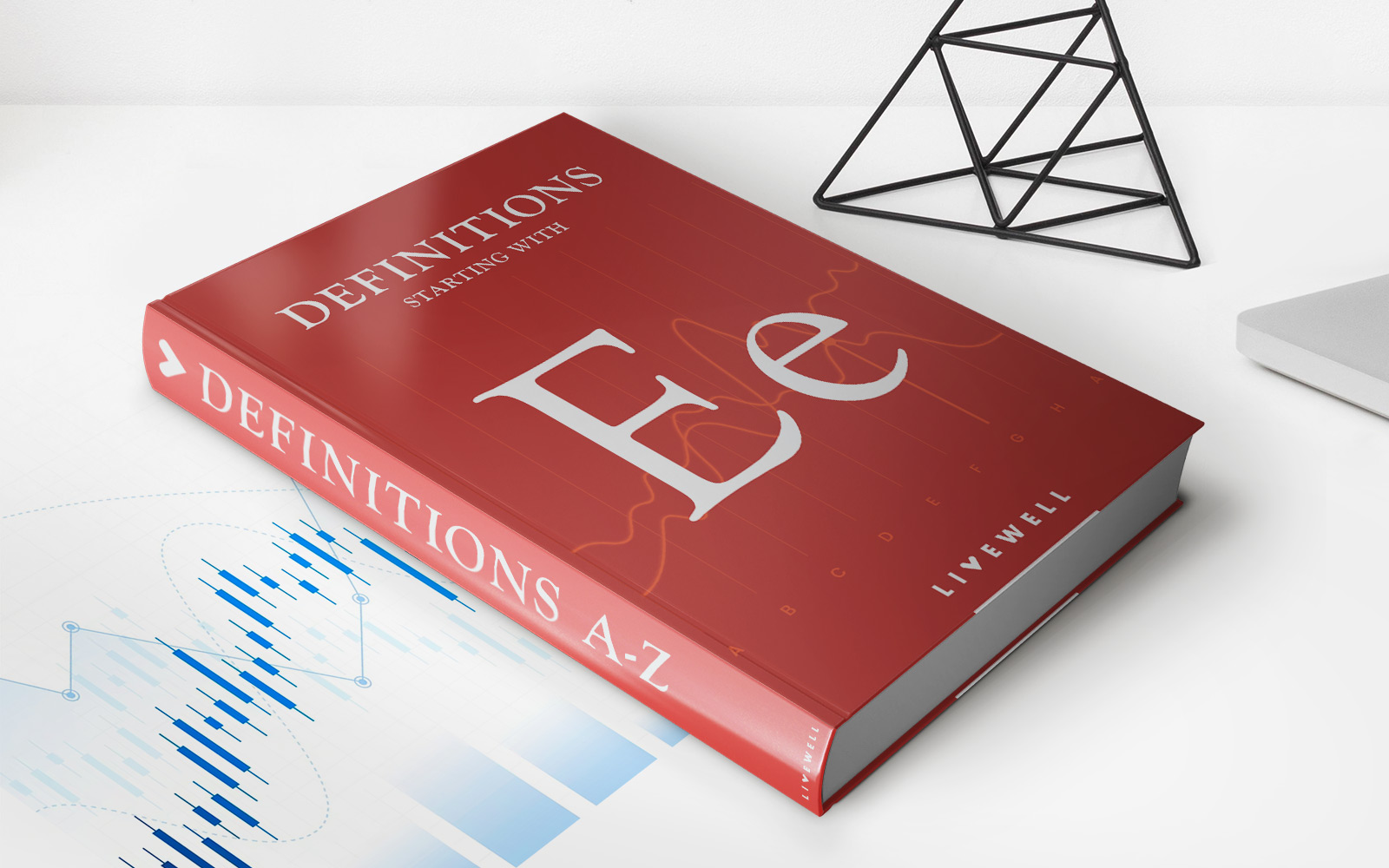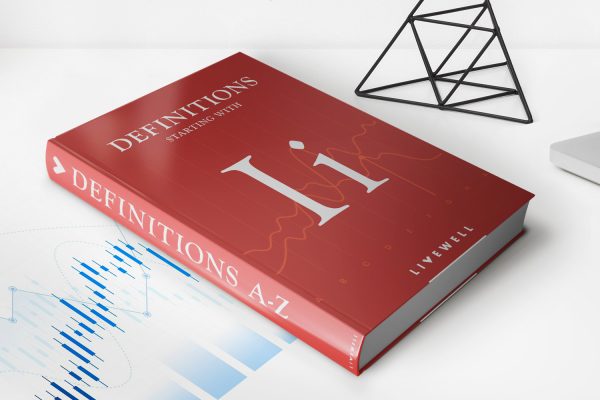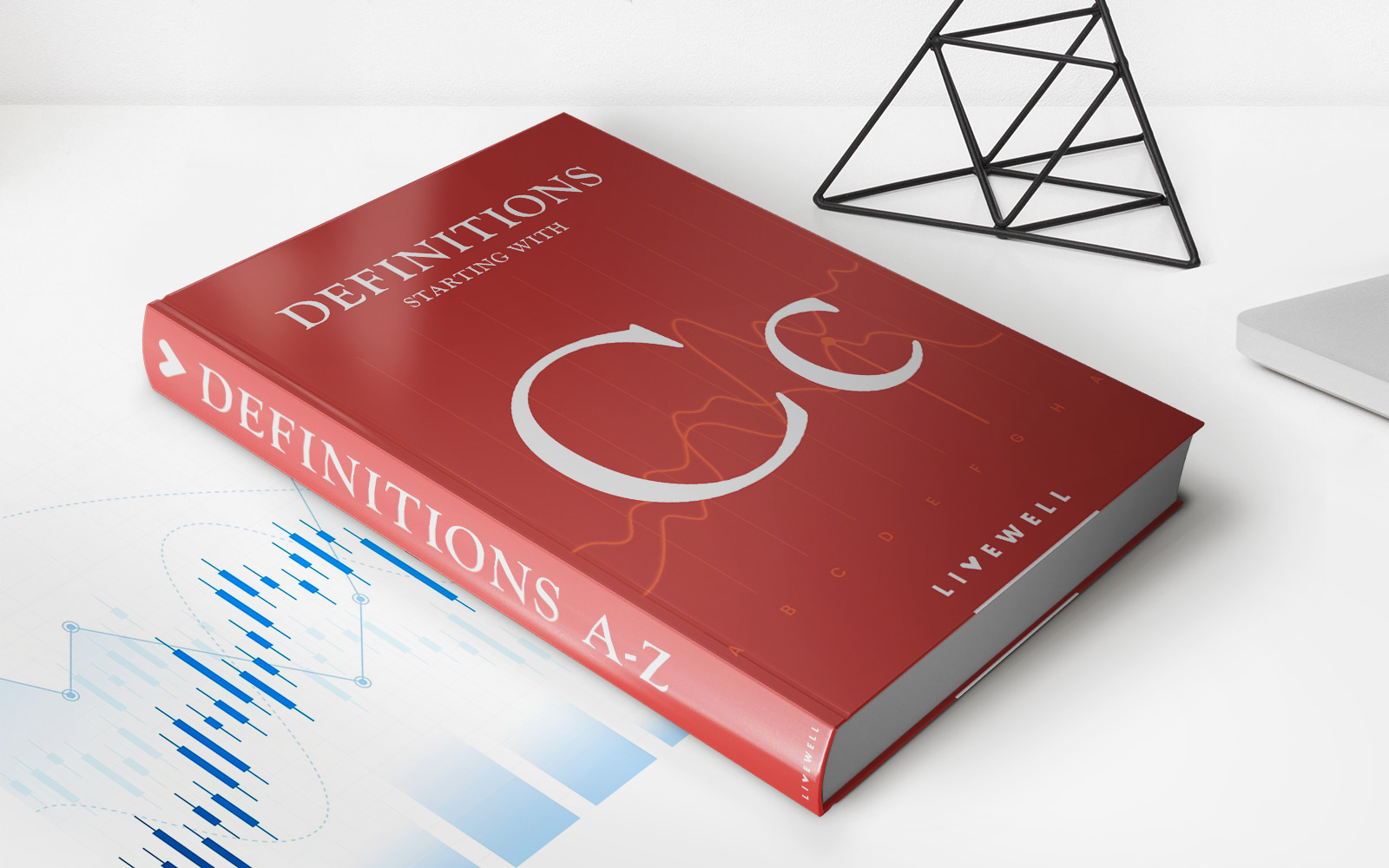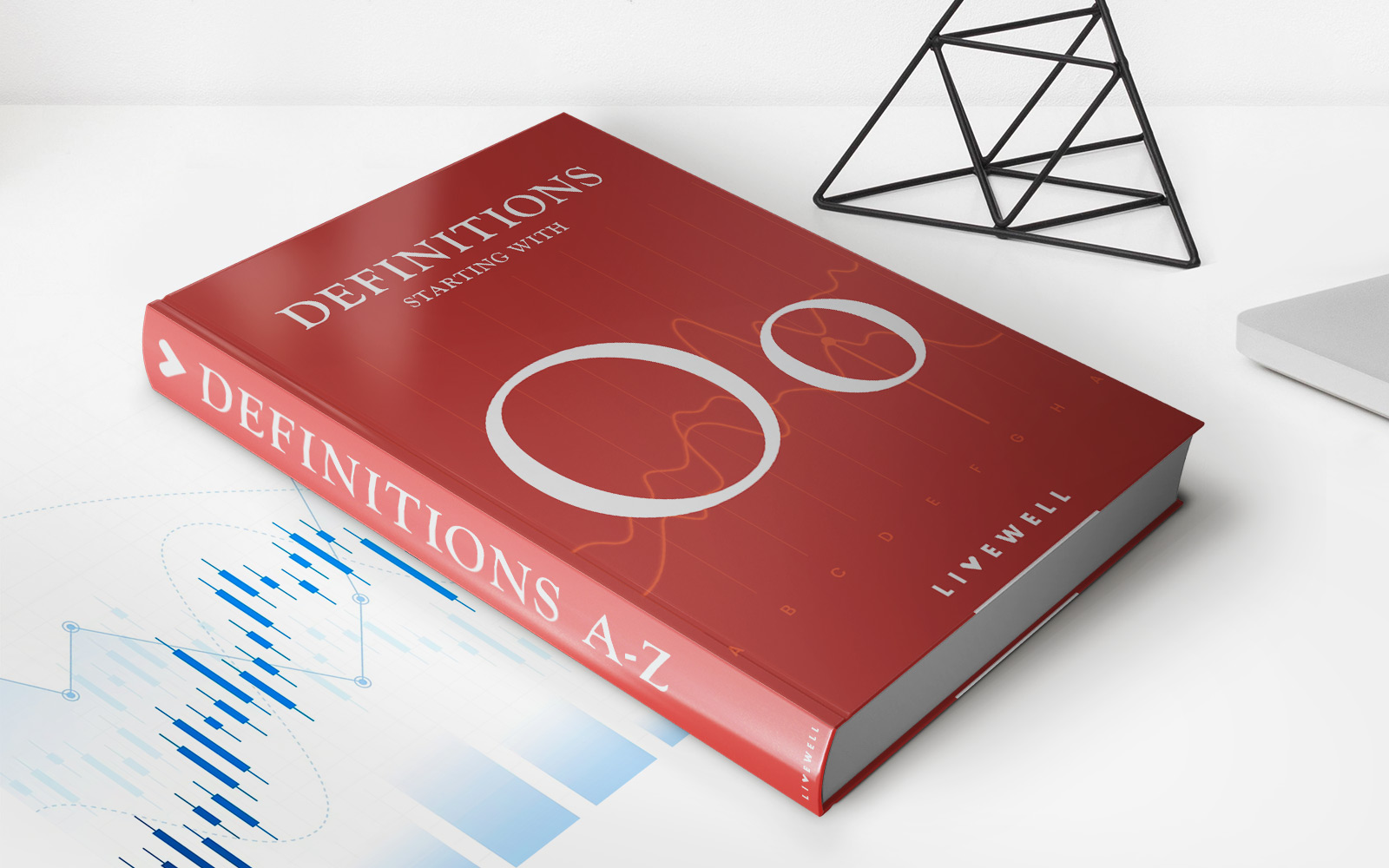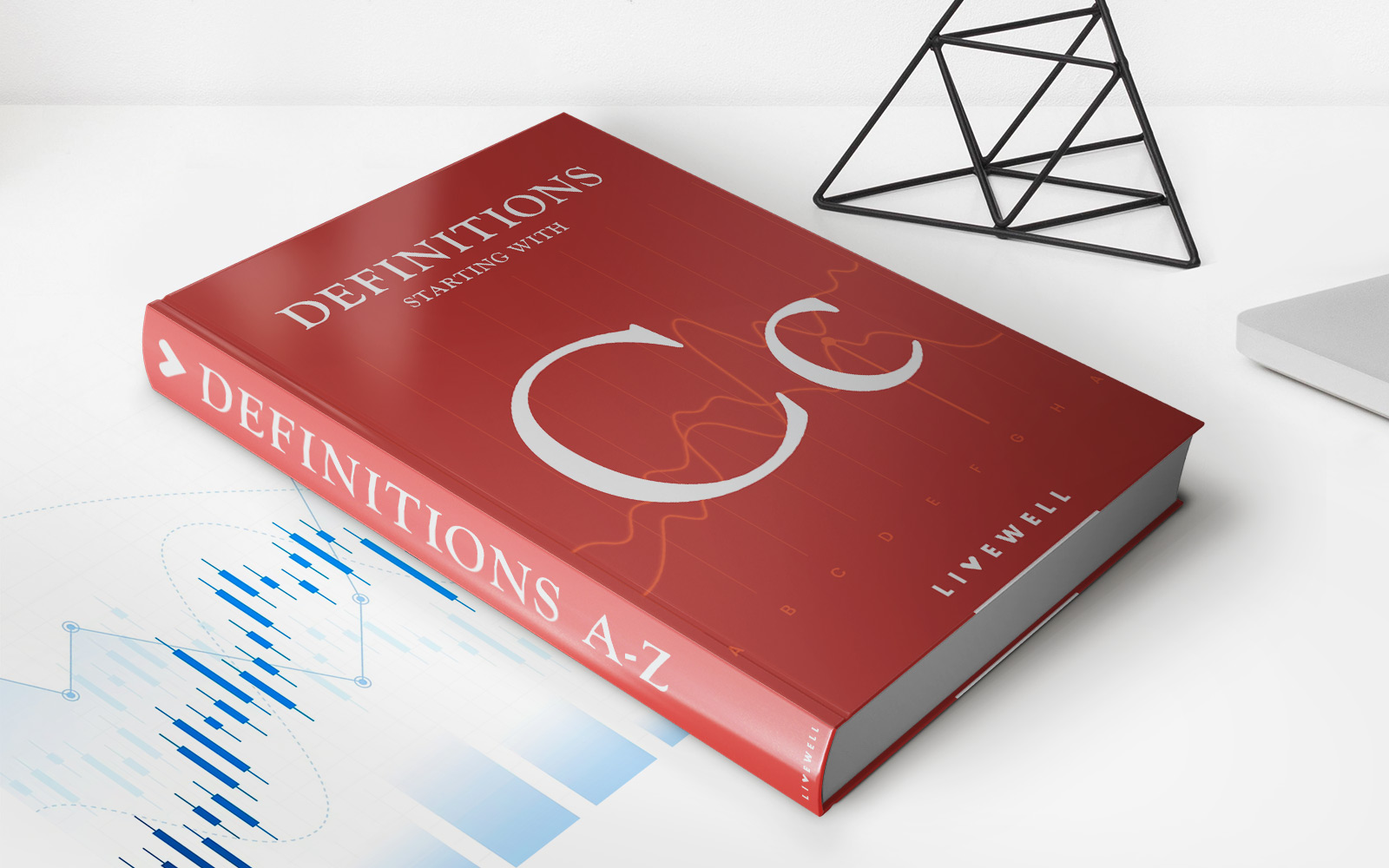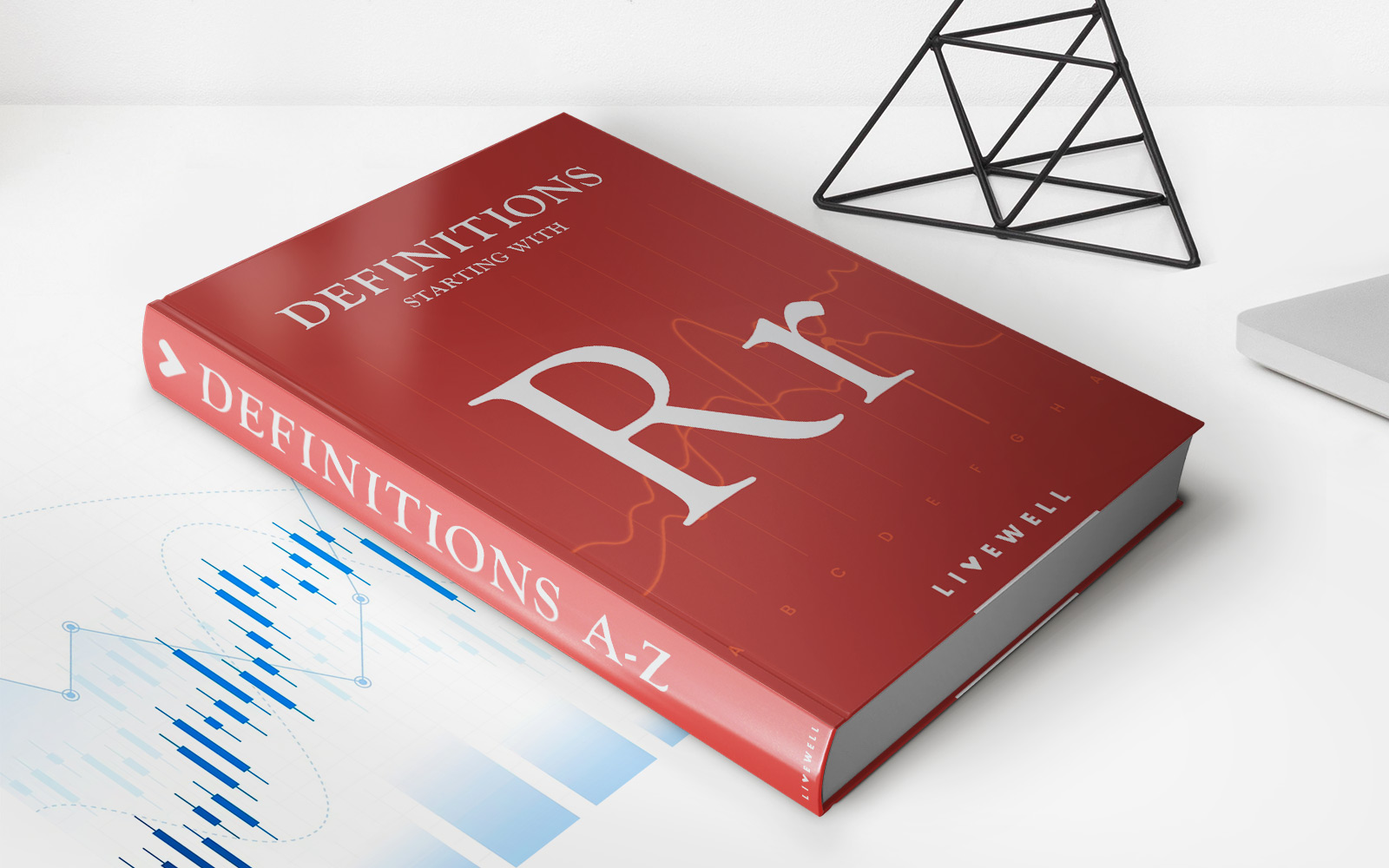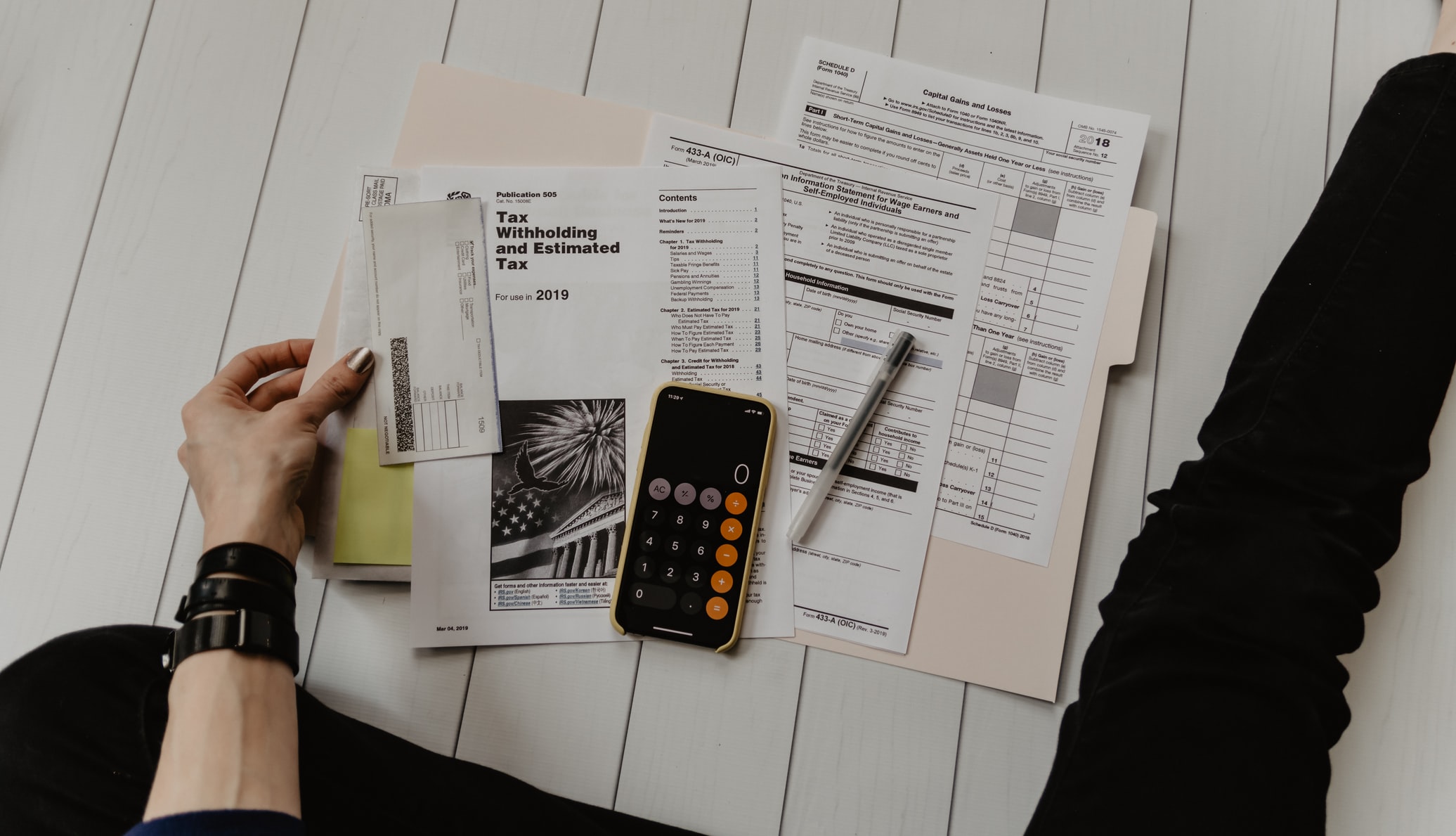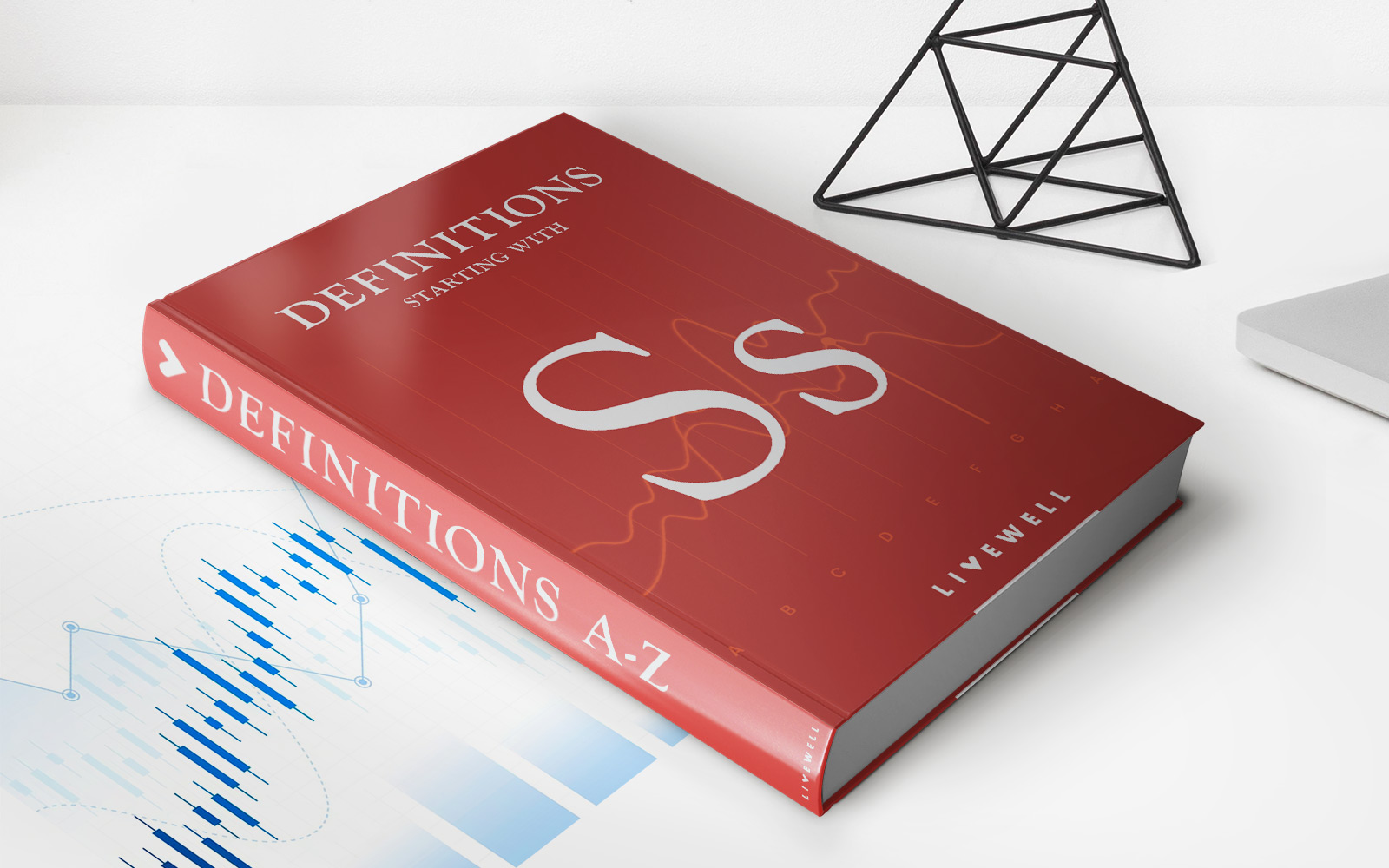Home>Finance>Residual Dividend: Definition, Purposes, Example
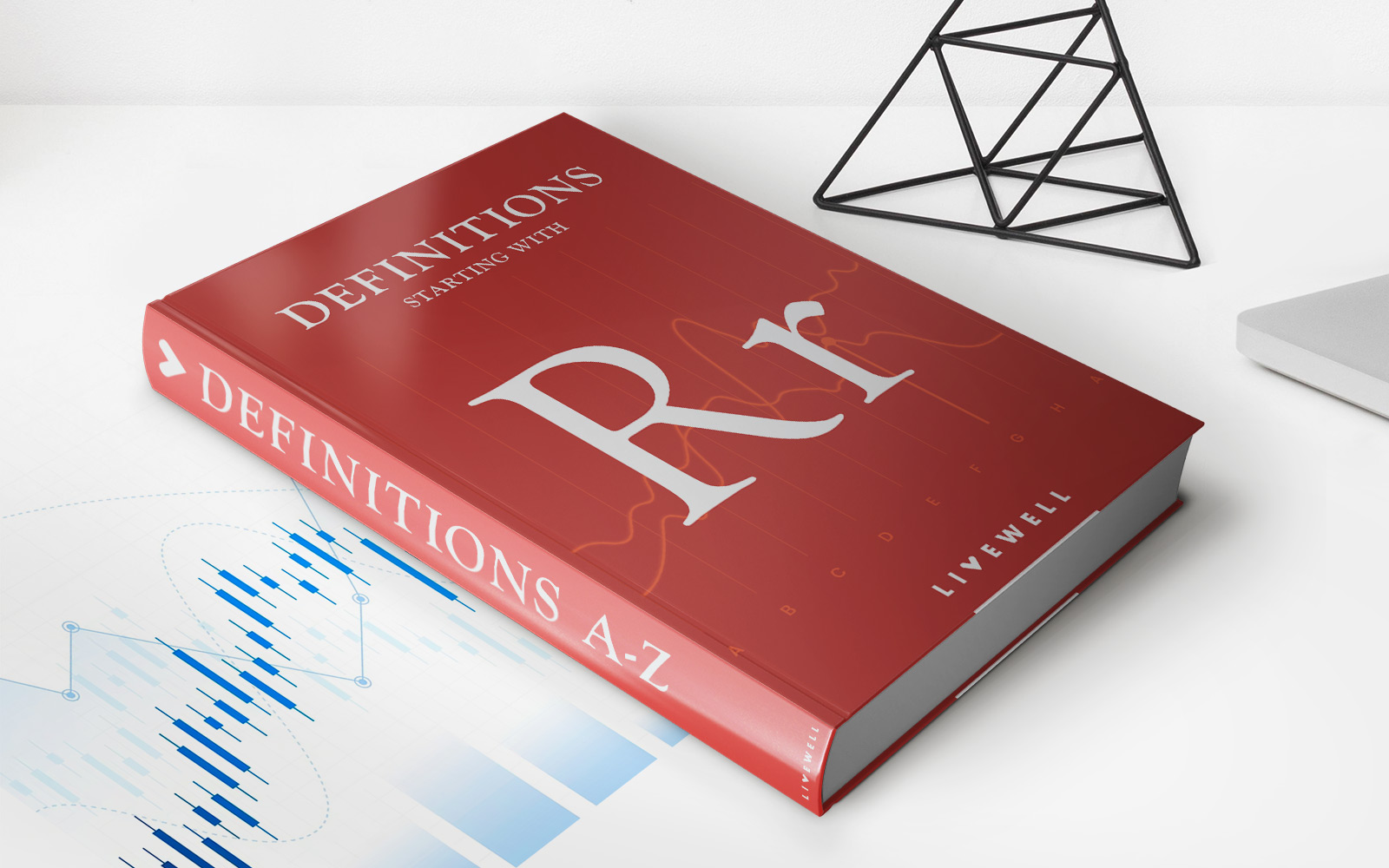

Finance
Residual Dividend: Definition, Purposes, Example
Published: January 19, 2024
Learn about the concept of residual dividend in finance, its definition, purposes, and get an example. Understand how it impacts shareholder wealth.
(Many of the links in this article redirect to a specific reviewed product. Your purchase of these products through affiliate links helps to generate commission for LiveWell, at no extra cost. Learn more)
Residual Dividend: Definition, Purposes, Example
Are you interested in understanding how companies distribute dividends to their shareholders? If so, you’ve come to the right place! In this blog post, we will dive into the concept of residual dividend. We’ll explore its definition, purposes, and even provide a real-life example to help you grasp this important financial concept.
Key Takeaways:
- Residual dividend is the amount of money left over after a company has met all its investment requirements and paid off its debt obligations.
- The primary purpose of residual dividend policy is to maximize shareholders’ wealth by investing in profitable opportunities first and distributing any remaining funds as dividends.
Understanding Residual Dividend
Residual dividend is a financial term that refers to the portion of a company’s earnings that remains after fulfilling its financial obligations. These obligations typically include paying off debt, covering operational expenses, and meeting any necessary capital expenditure requirements. The residual dividend is then returned to the shareholders in the form of dividends.
However, it’s important to note that not all companies follow a residual dividend policy. Some companies choose to distribute fixed dividends, while others may opt for a stable dividend policy, where the dividend amount remains relatively constant regardless of earnings. The residual dividend policy, on the other hand, allows flexibility in dividend payments and is based on the availability of funds.
Purposes of Residual Dividend
The primary purpose of adopting a residual dividend policy is to maximize shareholders’ wealth. By allocating profits to profitable investments before deciding on dividend payments, companies ensure that they are utilizing their earnings in the most optimal way. Through this policy, companies prioritize reinvestment in growth opportunities, which can lead to an increase in company value and, consequently, shareholder value.
Additionally, the residual dividend policy provides an opportunity for companies to maintain financial stability. By ensuring that necessary financial obligations are met first, companies can avoid financial distress and maintain a healthy cash flow.
Example of Residual Dividend
Let’s consider a hypothetical example to illustrate how residual dividends work. Company XYZ generates a net income of $1 million after covering all expenses and obligations. However, the company has an investment opportunity that requires $500,000 for expansion. In this case, rather than distributing the full $1 million as dividends, Company XYZ would allocate $500,000 towards the expansion project and distribute the remaining $500,000 as dividends to its shareholders.
This example highlights how the residual dividend policy enables companies to make strategic decisions that benefit both the company and its shareholders. By retaining funds to invest in growth opportunities, companies can increase the overall value of the organization while also providing a return to their shareholders.
Conclusion
Residual dividends play a crucial role in how companies distribute profits to their shareholders. By prioritizing profitable investments and allocating remaining funds as dividends, companies can enhance shareholder wealth while ensuring financial stability. Understanding the concept of residual dividends empowers investors and stakeholders to make informed decisions and assess a company’s financial strategy effectively.
So, the next time you come across the term “residual dividend,” you now have a solid foundation to grasp its definition, purposes, and even its real-life implications. Cheers to growing your financial knowledge!

